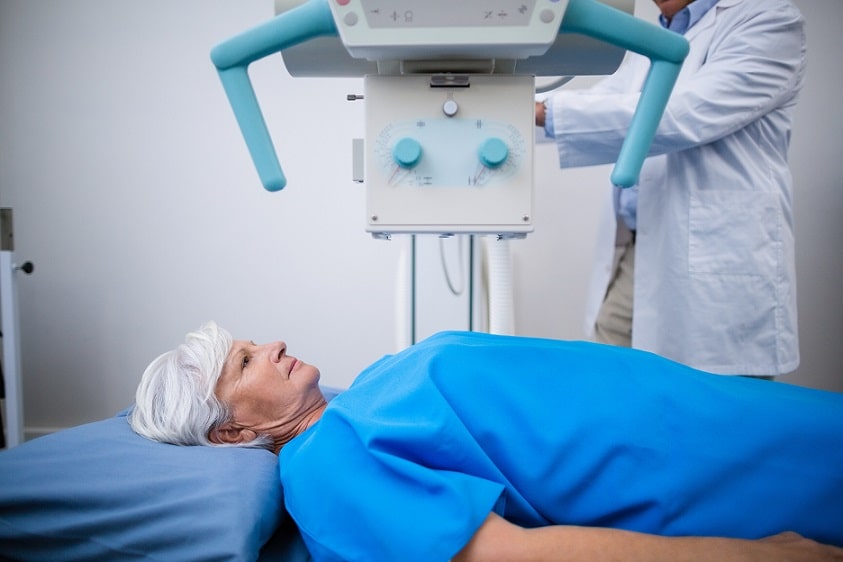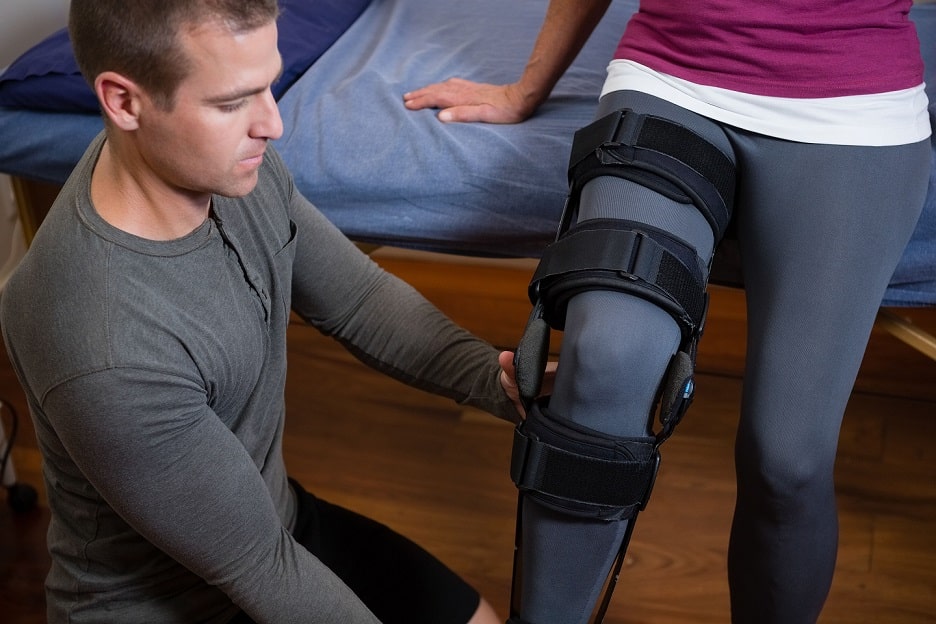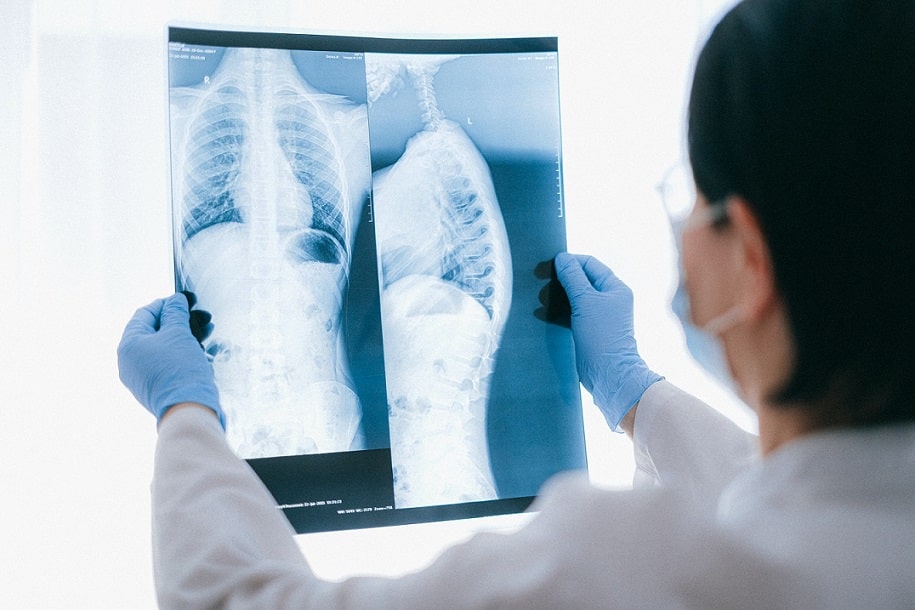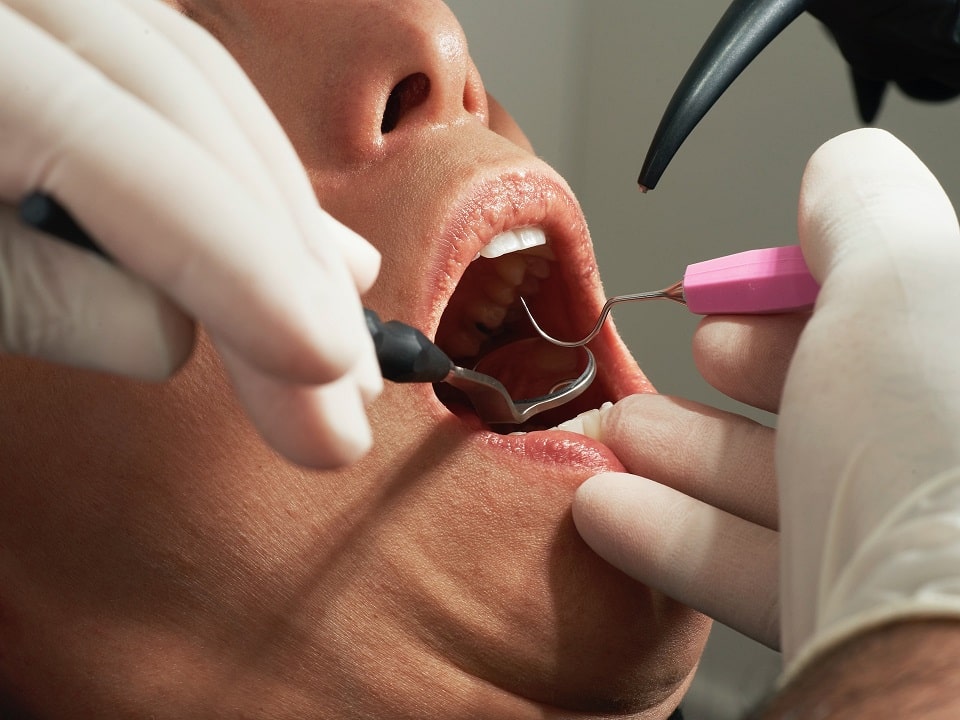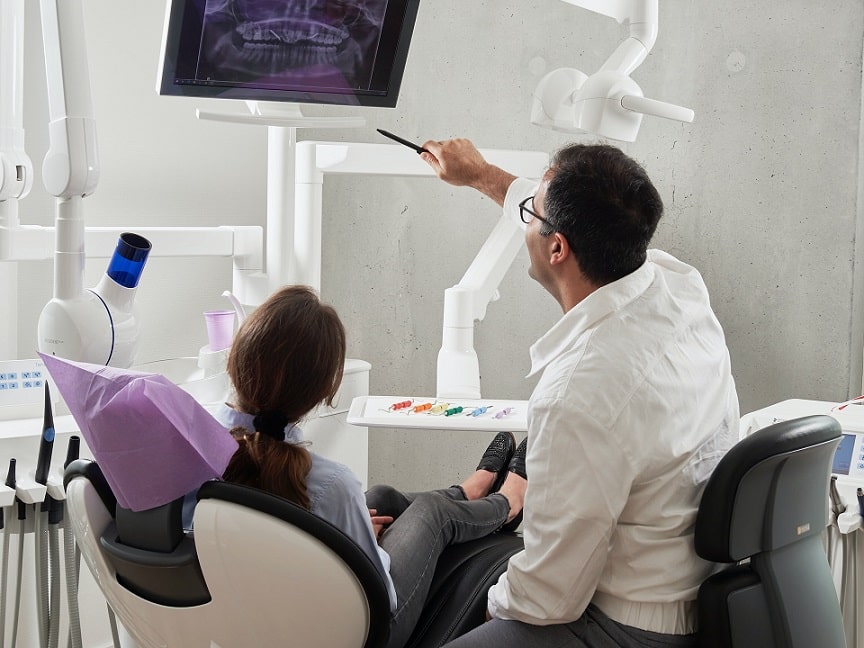The alternative taxi company Uber have recently restarted their testing after a three day suspension following an autonomous vehicle test crash.
Uber were testing one of their Volva XC90s in its ‘self-driving’ function in Arizona when things got out of hand. Thankfully no one was seriously hurt in the crash. Two test drivers were in the Volvo, testing its autonomous self-driving mode.
During testing, another vehicle “failed to yield” to the Uber test vehicle whilst making an illegal turn. The two cars collided and the test car ended up on its side. Evidently, Uber still has some way to go, and lifting their suspension may be seen as premature by some.
The U.K. with its smaller and windier roads are yet to see ‘self-driving’ vehicles. If these autonomous test drives on straight roads are causing crashes, we’re happy to wait until all the kinks are straightened out!
Not the first incident…
Uber once had a glowing reputation as the new and innovative alternative to expensive taxis and rigid public transport. However, the company has recently seen issue after issue after reports of a management crisis, various lawsuits over contracts, former employees accusing colleagues of sexual harassment, and who can forget the viral video of CEO Mr Travis Kalanick’s foul mouthed rant at one of his own drivers?
Whilst Uber spokesperson Chelsea Kohler reassured the public that Uber will be “continuing to look into this incident”, critics are raising their doubts over ‘self-driving’ vehicles. Direct competitor Tesla are currently leading in the market with their ‘autonomous’ vehicles; working in stages to hopefully reach a fully ‘self-driving’ vehicle in a matter of years. Whilst the company seem to be speeding towards their goals, they have experienced a number of obstacles along the way too. Last year, one of Tesla’s drivers was killed after a vehicle in its ‘self-driving’ mode failed to apply its brake when a tractor made a left turn in front of the vehicle.
Whilst ‘self-driving’ cars could be the future, following in the footsteps of remote drone deliveries of Amazon packages, they need to fit in with the present. It’s no good having high tech software like ‘self-driving’ vehicles when it can’t adapt to the current roads. Although computer software can program a vehicle to drive at a specific speed and stick to highway rules, can it predict and react to a driver who may not stay in lane or make a sudden illegal turn? Unlike drones who work in minimal air traffic (save for some curious birds), ‘self-driving’ vehicles may have to take hundreds of factors into consideration when operating. In the U.K., where roundabouts and sharp bends are aplenty, companies like Uber may have a long way to go before they can even hope to test their ‘self-driving’ cars here.
What does the future hold?
Uber is hoping that the testing in three U.S. states means that, the more it drives, the more the car learns. Their testing was originally carried out in San Francisco but the company vehicles had their registration revoked by the California Department of Motor Vehicles after Uber refused to apply for the test permits required.
Never one to be left behind in the shadows, Google has its own ‘self-driving’ vehicle project. Under the name of Waymo, Google has engaged a lawsuit against Uber for stealing their self-driving technology. The outcome is yet to be determined.
Despite the numerous obstacles along the way, many hope to see ‘self-driving’ cars in the very near future, but it is without a doubt that companies like Uber, Tesla, and Google need to work extensively on ensuring the vehicles are 100% crash-proof.



